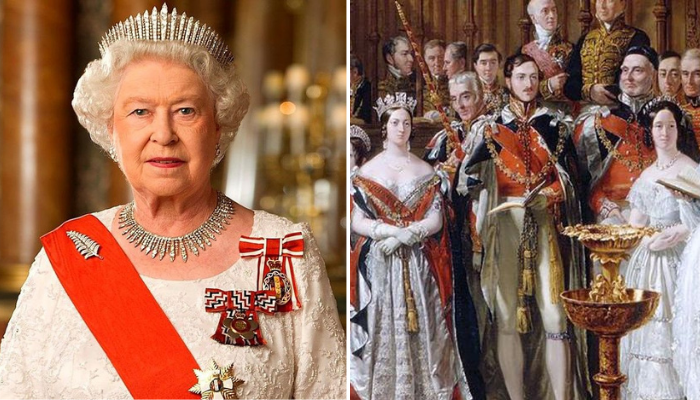33+ Weird and Wonderful Things the Queen Actually Owned
The world was deeply saddened by the death of Her Majesty Queen Elizabeth II, a powerful figure in world history. She lived an extraordinary life, and her rule lasted 70 years, making her the longest-reigning monarch in British history. Her leadership was a major part of many important historical events.
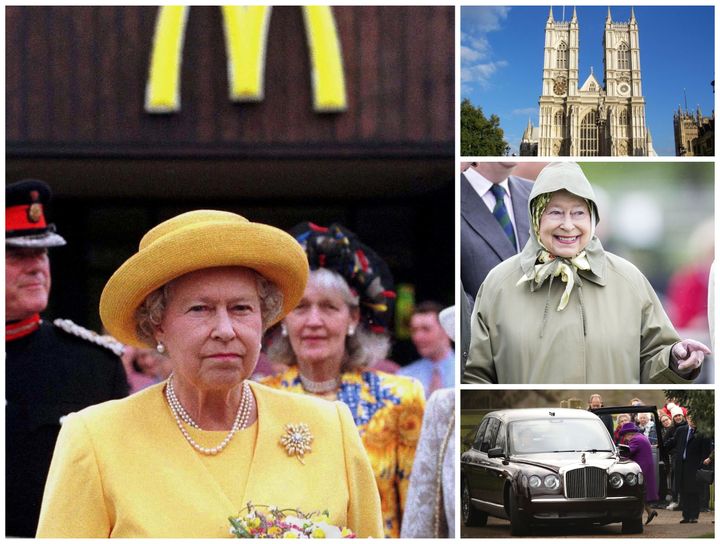
Queen Elizabeth II lived a life of luxury. As a member of the British royal family, she had access to things most people could only dream of. From trained dolphins to blood bags for emergencies and even a real human alarm clock, her collection of unusual items was incredible.
Many people are still amazed by her net worth, royal duties, and the luxury lifestyle she led. Some of the things she owned were so unique, they shocked even those who followed her closely.
Corgis and Dorgis
Dogs were a big part of Queen Elizabeth II’s luxury lifestyle, especially Welsh Corgis. Her love for these royal pets started in childhood. On her 18th birthday, she got a Corgi named Susan, who even joined her on her royal honeymoon! Over 70 years, she owned more than 30 Corgis, making them a true symbol of the British monarchy.

The Queen even created a new dog breed—the Dorgi, which came from her Corgi mating with Princess Margaret’s Dachshund. These royal pets became famous around the world and are part of what made her so beloved.
Human Alarm Clock
Forget phone alarms—Queen Elizabeth had a personal bagpiper! Every morning, no matter where she stayed—Buckingham Palace, Windsor Castle, or Balmoral Estate—a man would play the bagpipes for 15 minutes outside her window. This royal tradition started with Queen Victoria over 175 years ago. It’s one of those royal family secrets that shows just how different royal mornings are from ours.
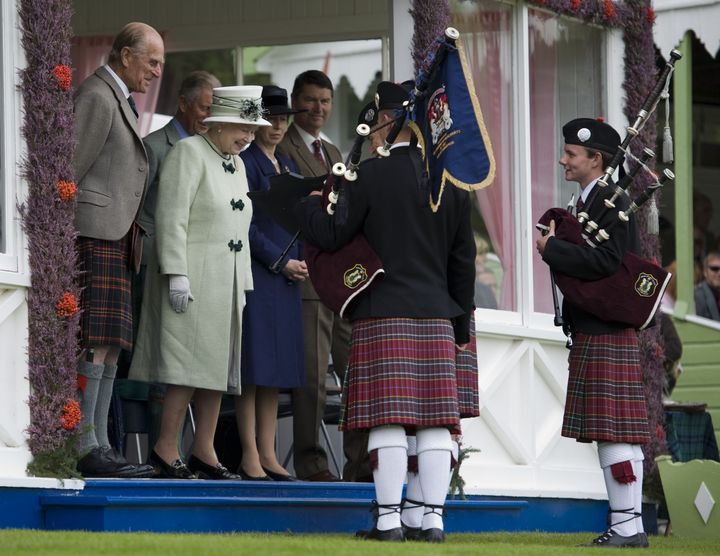
Personal Stamp Collection
Many people don’t know this, but Queen Elizabeth II was also a serious stamp collector. Her Royal Philatelic Collection is worth an estimated £100 million, making it one of the most expensive hobbies in the Commonwealth. According to The Daily Telegraph, it’s the largest collection in the region.
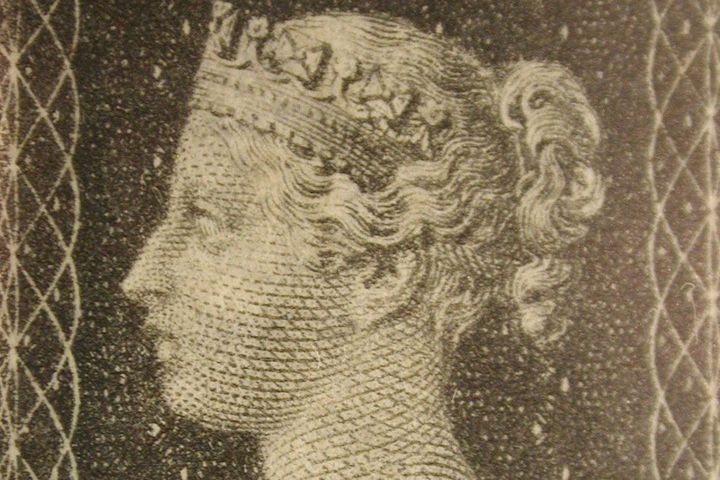
Her portrait on British stamps has been printed over 200 billion times, making it the most used image in the world, according to BBC News. This incredible collection adds another layer to her rich royal legacy.
Purses Aplenty
If you’ve ever seen a photo of the Queen, she probably had a designer handbag in hand. For decades, she only carried bags from Launer London, a luxury British brand. She owned more than 200 handbags, with her favorite being a black patent leather purse.
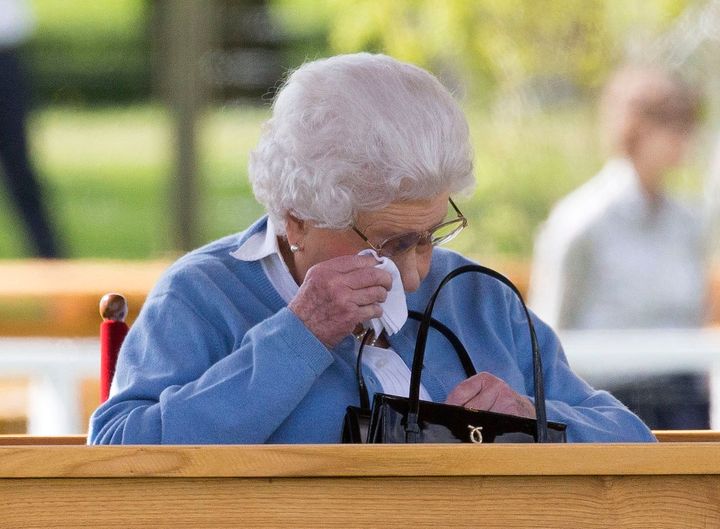
As reported by Town and Country, Queen Elizabeth believed in classic fashion and high-end accessories, proving her style was as royal as her title.
Peculiar Abbey
Westminster Abbey is one of the most recognizable landmarks in London. Rich in royal history, Queen Elizabeth II got married there, past Kings and Queens have been buried there, and it’s been the setting of every royal Coronation ceremony since the 11th century — making it a key site in British royal heritage tourism.
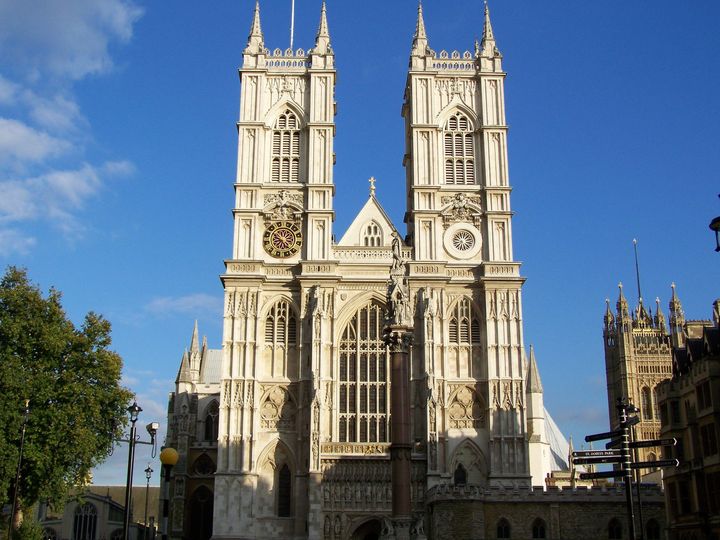
But what makes it so unusual is that it doesn’t actually belong to any diocese of the Church of England. It’s called a “Royal Peculiar”, meaning the Abbey is owned directly by the Queen and follows the orders of the monarch, a rare legal status in UK constitutional history.
Personal Travel Kettle
For Brits, drinking tea is a serious business. You’d think that Her Majesty would have an assistant to make her tea, but it turns out she was a fan of home comforts even while traveling. As part of her luxury travel routine, she carried her own monogrammed travel kettle, showing a love for personal luxury items.
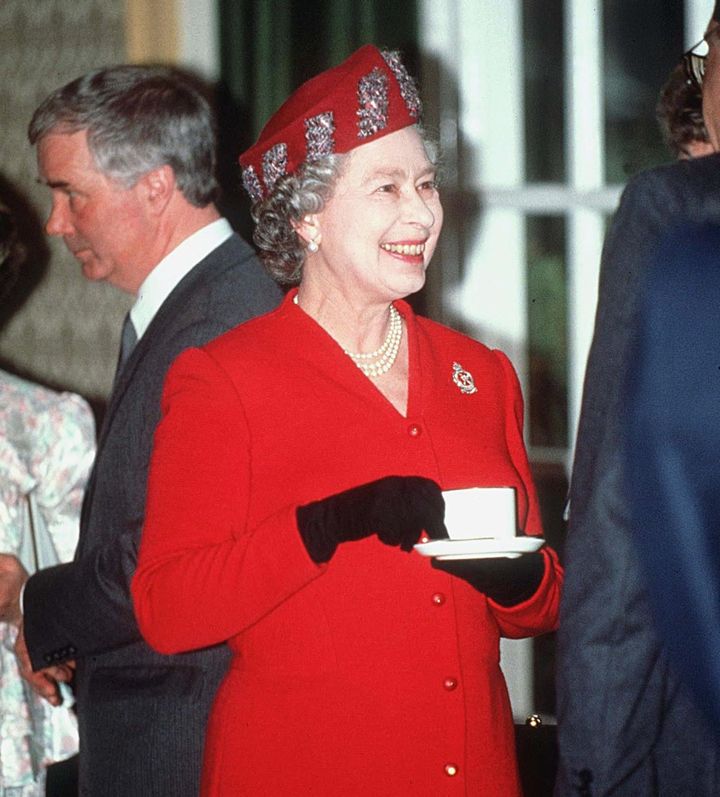
The Telegraph reported that she never goes anywhere without it. She even had her own special brew of premium Earl Grey tea made by Twinings, a trusted royal warrant brand. According to Town and Country, she took her tea with a splash of milk and no sugar — a simple yet elegant choice in her royal lifestyle.
Manhattan Apartment
It’s no Buckingham Palace, but it’s been reported that Elizabeth once expanded her real estate portfolio internationally. In 2015, she reportedly bought a luxury Manhattan apartment in New York for $7.9 million, according to The Real Deal — an example of high-end real estate investment by royalty.
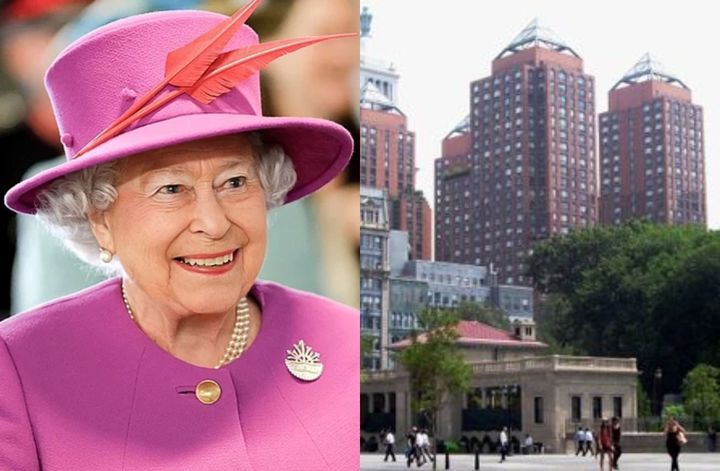
The apartment is located in 50 United Nations Plaza, a luxury building designed by architect Lord Norman Foster — whom the Queen honored with a knighthood in 1990 for his architectural achievements.
Gold for the Platinum Jubilee
We know what you’re thinking—the Queen didn’t become a recording artist in secret. But she did receive a Gold disc, joining music legends in a very royal way.
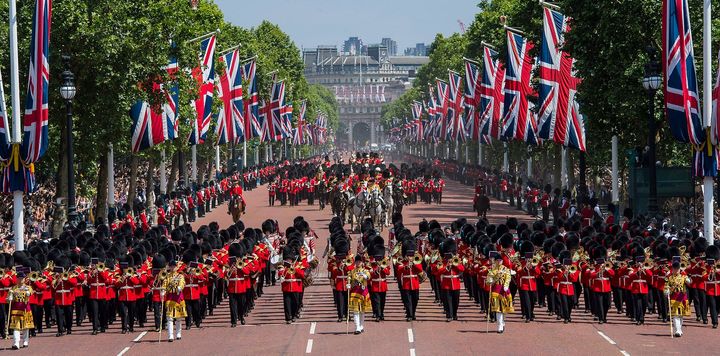
During the Golden Jubilee celebrations in 2002, the “Party at the Palace” concert featured celebrity performances from stars like Elton John and Paul McCartney. The official CD sold 100,000 copies in a week, earning certified Gold status—making Queen Elizabeth the only monarch with a music industry accolade, as reported by The Evening Standard.
Retail Empire
As a head of state, it’s no surprise the Queen owned a significant amount of UK commercial property. Through the Crown Estate, she held ownership of various assets, including three shopping malls and fourteen retail parks—making her a major player in British retail investment.

So next time you’re out shopping in England, there’s a chance you’re stepping into a place backed by the Queen’s real estate empire, blending monarchy and modern commerce.
Whole Lot of Swans
Swans are majestic creatures, and in England, they’re protected by an ancient royal law. By tradition, the Queen technically owned all unmarked mute swans in England and Wales, a rule that dates back to when swans were considered a royal delicacy.
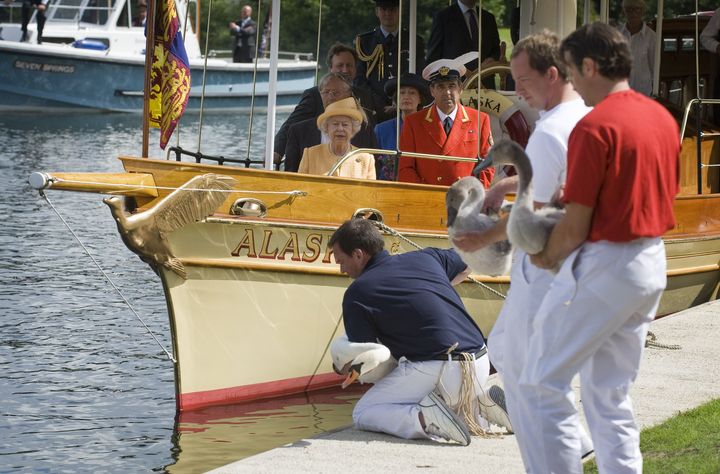
According to the Royal Family’s official website, the Crown holds the right to own all swans on the River Thames and nearby areas. They are a protected species, and it’s illegal to harm or consume them—preserving this unique symbol of British wildlife and royal tradition.
King’s Armor
Queen Elizabeth II inherited a priceless collection of luxury royal assets, passed down through generations of monarchs. These treasures are stored in the Royal Collection, the largest private art collection in the world owned by a reigning monarch. It includes rare books, historic prints, medieval armor, and of course, the iconic Crown Jewels.
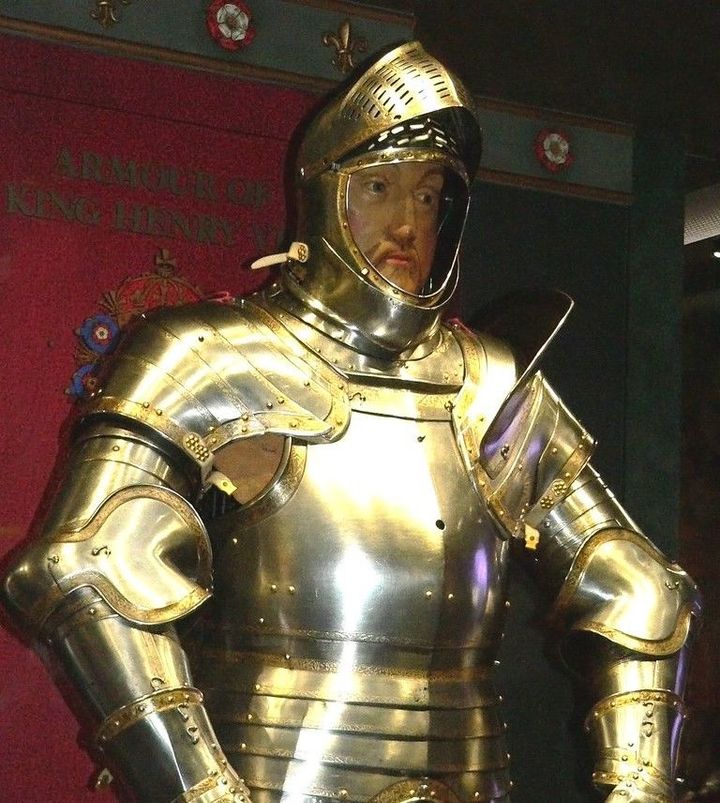
One of the most unique pieces is the suit of armor of King Henry VIII, a ruler known for his extravagant lifestyle. According to the Royal Collection Trust, the armor was frequently modified to “allow for the King’s increasing girth”—a detail that adds intrigue to this piece of royal history memorabilia.
Colony of Rare Bats
Among her many luxury estates, Queen Elizabeth II considered Balmoral Castle in the Scottish Highlands one of her favorites. However, few know she shared her royal home with an unexpected guest—a colony of rare Pipistrelle bats, a protected species in the UK.
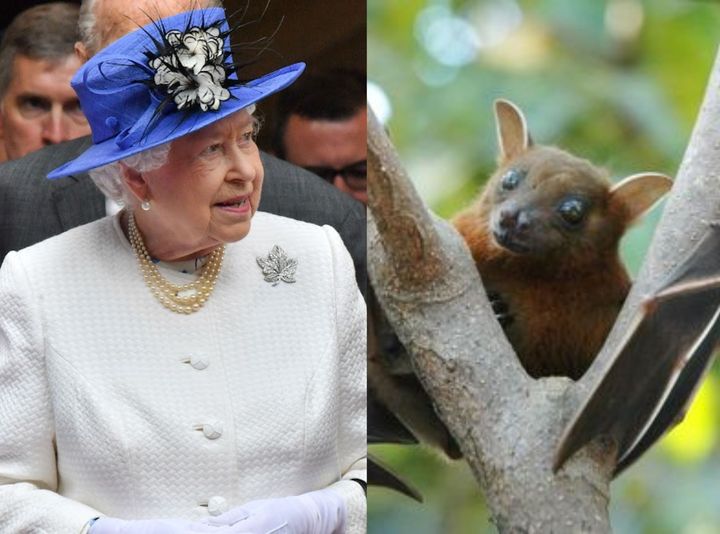
Despite the uninvited residents, the Queen embraced their presence. According to The Palace Papers by Tina Brown, she was “sometimes seen with a butterfly net trying to catch the bats.” This rare wildlife interaction at a royal residence highlights her down-to-earth personality amid her luxury lifestyle.
Acres of Forest
As part of the Crown Estate portfolio, Queen Elizabeth II owned vast lands across the UK. In total, the monarchy controlled more than 287,000 acres of agricultural property, including over 24,700 acres of managed forestry—an impressive example of royal land ownership.
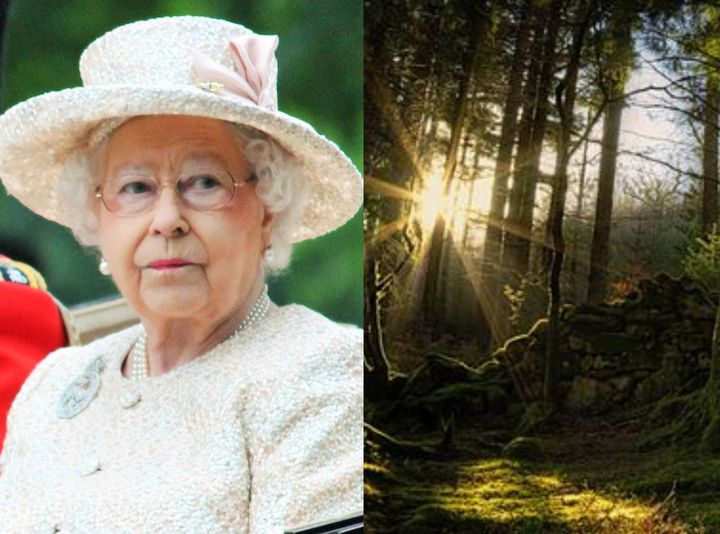
Her commitment to the environment was evident. In 2015, the Queen’s Commonwealth Canopy initiative was launched to support forest conservation efforts in Commonwealth countries, underlining her dedication to sustainable land management and climate change action.
Guinness World Records
Queen Elizabeth II not only held power but also broke numerous records. At the time of her passing, she was the oldest reigning monarch and had served the longest among world leaders. She also earned multiple Guinness World Records, including “Most countries to be head of state simultaneously” (15) and “Most currencies featuring the same individual” (33).
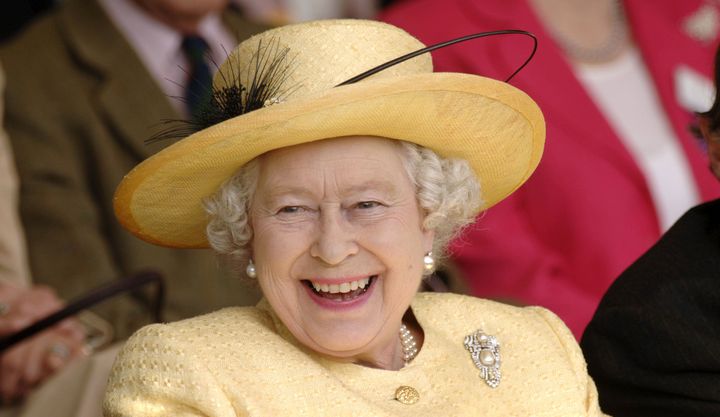
She was also known as the wealthiest Queen in modern history, with Forbes estimating her net worth at $500 million. These records reflect her global influence and the vast scope of her royal family wealth.
Scotland’s Gold
Scotland’s natural resources are part of the Queen’s sovereign rights. According to a law dating back to the 15th century, all naturally occurring gold and silver in Scotland belong to the Crown Estate. This includes any precious metals found through mining.
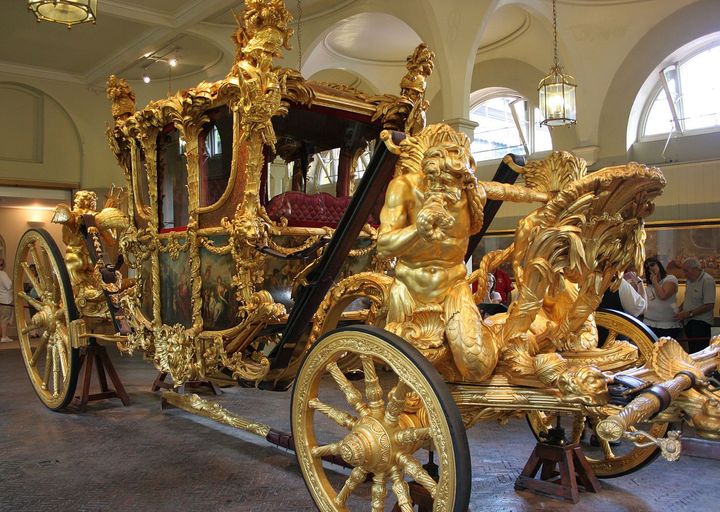
If you happen to find gold in Scotland, it legally belongs to the monarchy. You’ll need permission from the Crown to keep or sell it—showcasing the Queen’s ownership of valuable natural resources in the UK.
Personal ATM
It’s no surprise that a royal wouldn’t carry loose change. But Queen Elizabeth II had a unique solution—a private ATM installed inside Buckingham Palace, provided by Coutts Bank, a top-tier financial institution used by ultra-high-net-worth individuals.

Though rarely seen handling cash, the Queen could withdraw money anytime without leaving the palace. This is a perfect example of the exclusive banking services available only to the wealthiest and most powerful people in the world.
All Aboard the Royal Train
When it comes to luxury train travel, no one does it better than the Royal Family. Since Queen Victoria’s reign in 1842, the Royal Train has been transporting senior royals across Great Britain in style.
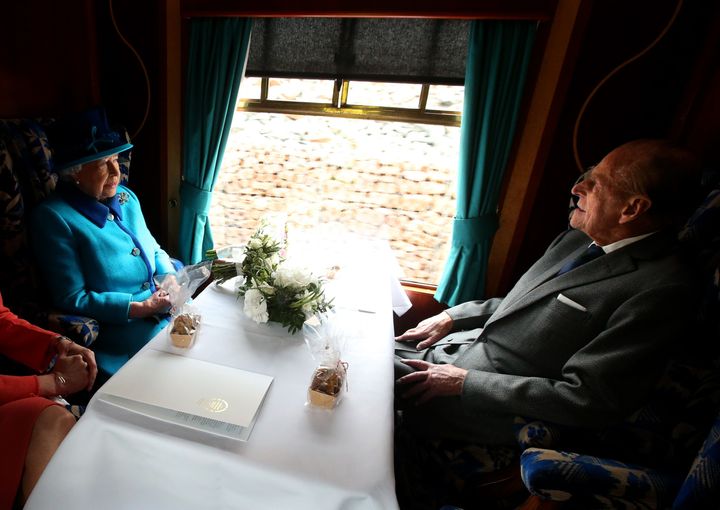
Today’s train, painted in Royal Claret, has nine carriages. One is the Queen’s private luxury suite—with a lounge, full-sized bathroom, and even a single bed. While not Queen-sized, it fits her preference for exclusive royal travel.
Best Seats at Wimbledon
The Queen may not have been a regular at tennis matches, but when she did attend, she enjoyed VIP access to the best spot at Wimbledon.
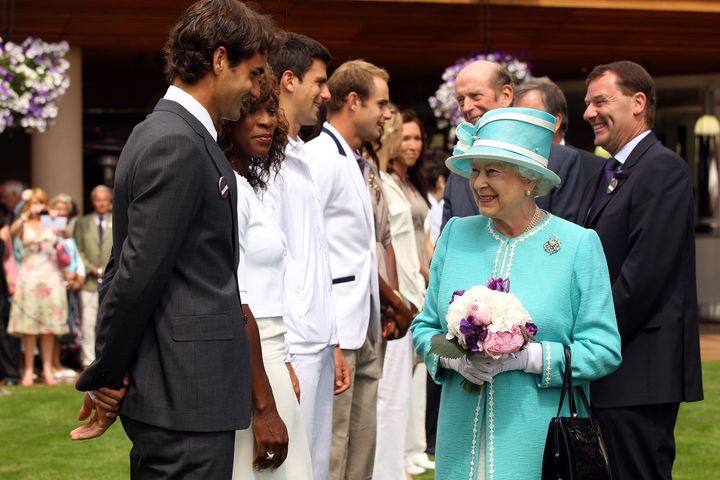
Her 2010 visit to the final marked her first appearance in 30 years. The Royal Box on Centre Court features 74 premium seats reserved for royalty and elite guests—though the Queen didn’t personally decide who got the invites.
Special Tartan
Honoring their Scottish royal heritage, the family wears exclusive tartan prints. The most famous is the Royal Stewart Tartan, often seen during royal visits to Scotland.
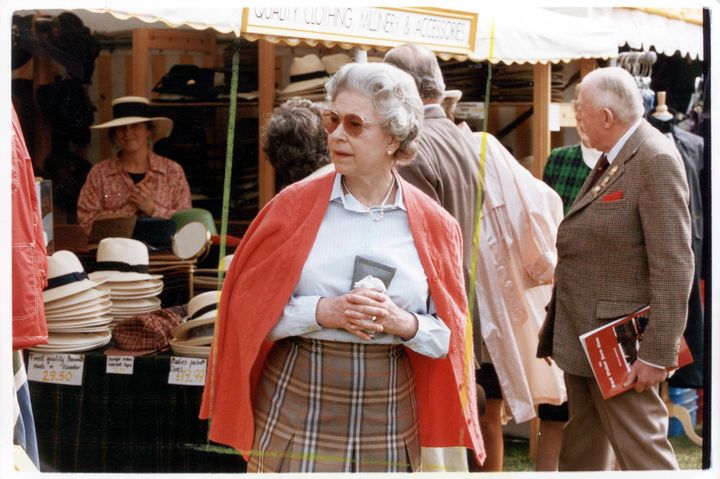
The Queen had her own unique pattern—Balmoral Tartan—which is restricted to the monarch and select individuals by royal permission, making it one of the most exclusive fabrics in fashion history.
Million-Dollar Cars
Queen Elizabeth II had a deep love for cars, which began when she trained as a WWII army mechanic at age 18. She was seen driving well into her 90s.
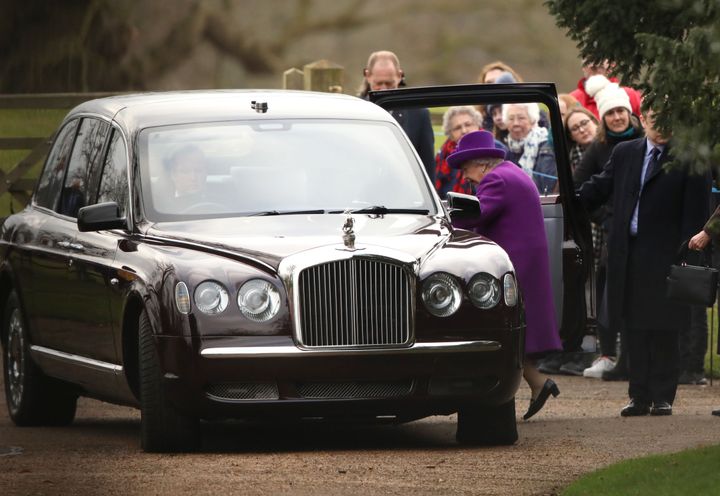
Her luxury car collection included Rolls-Royces, Bentleys, and Land Rovers. These rare vehicles are considered million-dollar royal assets, showcasing her lifelong passion for automotive excellence.
200 Racing Pigeons
The Queen’s passion for animals extended to an unusual hobby—racing pigeons. Originally a gift from the King of Belgium, her Royal Loft at Sandringham housed over 200 birds.
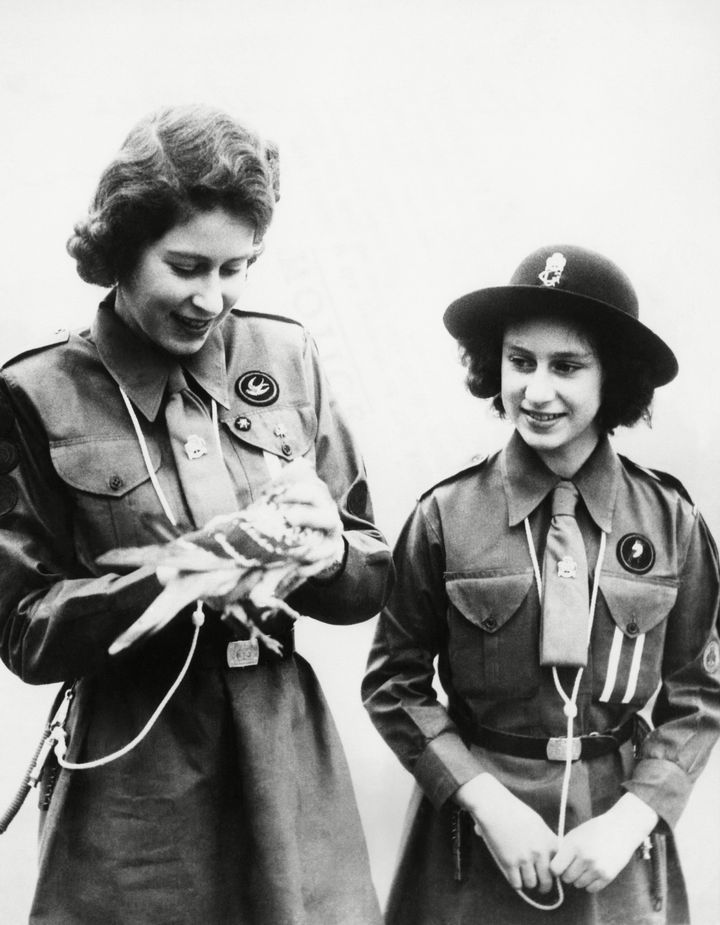
Some were even used during wartime to carry messages. She frequently visited the loft, showing her dedication to elite animal breeding and historic traditions.
Her Own Personal Flag
Besides the Royal Standard, Queen Elizabeth had a flag designed just for her—used only when she was present at an official location or traveling.
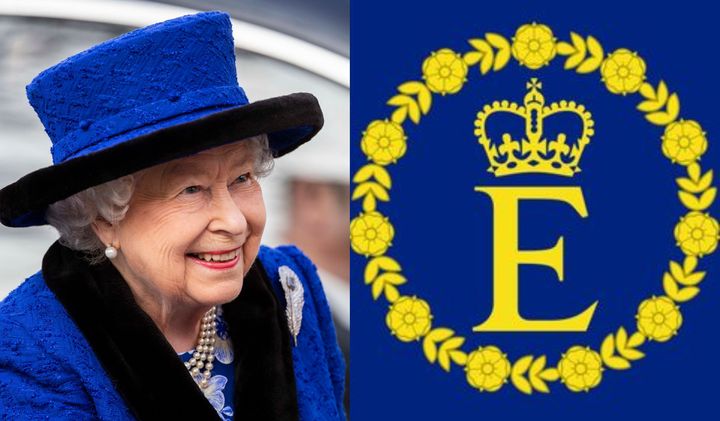
Commissioned in 1960, the personal flag featured a gold “E” surrounded by roses. It symbolized her reign and is now retired as a personal royal emblem.
A Royal Font
The gardens of Buckingham Palace are more than just green spaces—they house the UK’s National Collection of Mulberries.
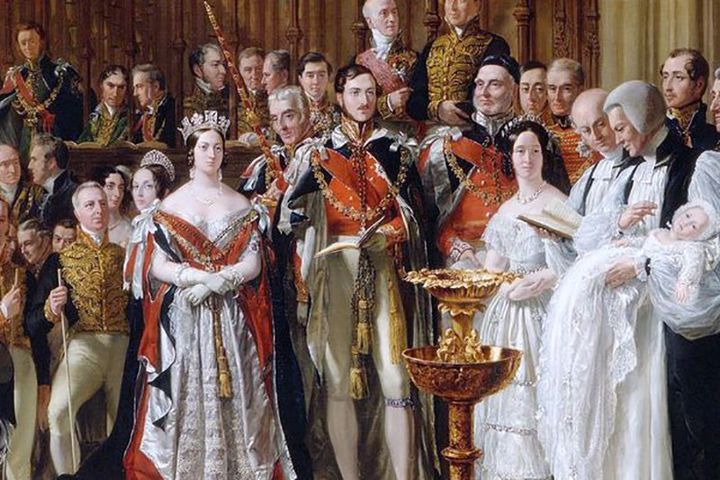
Started in the 17th century by King James I, Queen Elizabeth expanded the collection with 45 different species, emphasizing her interest in botanical conservation and royal landscaping.
The National Collection of Mulberries
The Queen’s love for fine art extended to her impressive Fabergé collection—one of the largest in the world, with over 800 pieces.
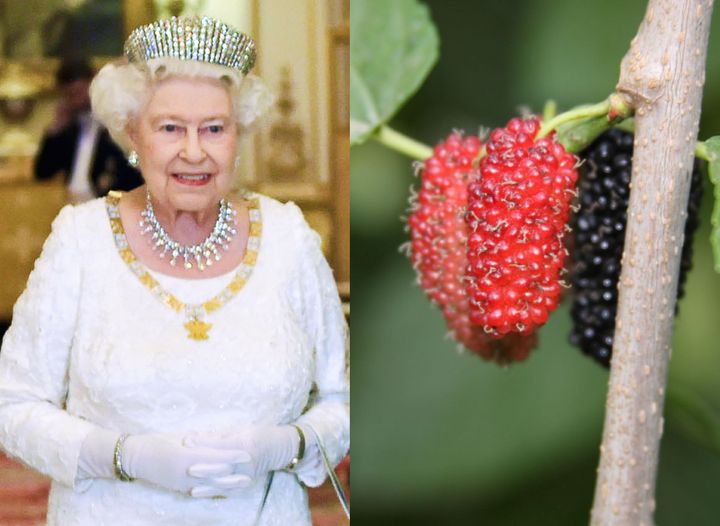
Her personal favorites included the Basket of Flowers Egg and the Mosaic Egg. These priceless items highlight the importance of luxury collectibles and royal family heirlooms.
Fabergé Galore
One of the Queen’s greatest passions was horses. From receiving her first pony at age four to breeding champion racehorses, her love never faded.
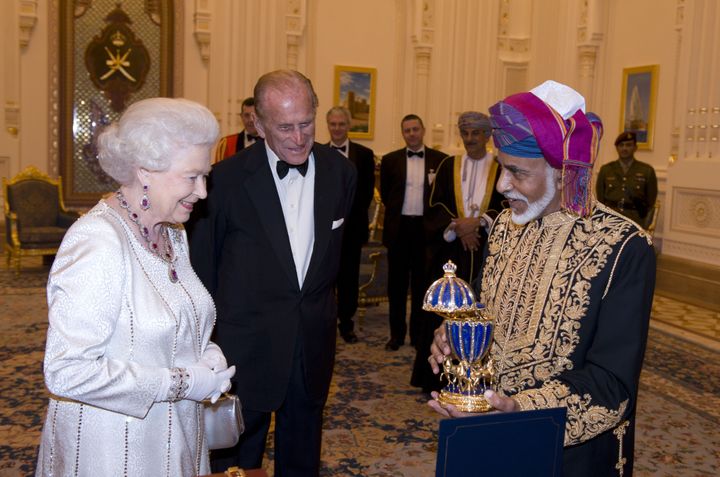
She maintained royal stables at all her estates and never missed the Royal Windsor Horse Show. She was seen horseback riding well into her 90s, proving her lifelong bond with equestrian sports and animal care.
All the Queen’s Horses
Her Majesty Queen Elizabeth II had a lifelong love for horses. From receiving her first pony at age four to breeding champions, she remained deeply involved in royal equestrian culture. Her first racehorse win came in 1953, the same year as her coronation.
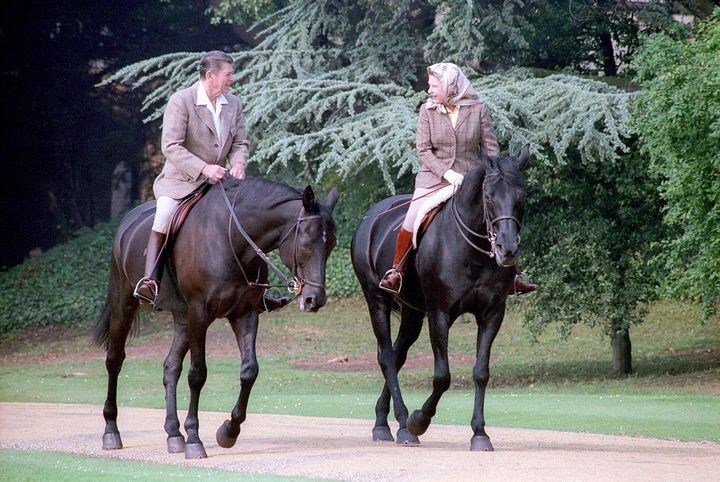
Every one of her royal estates had stables, and she raised thoroughbred racehorses at Sandringham Estate. She continued to ride horses well into her nineties, showing her passion for luxury animal care and elite horse breeding.
Poets Paid in Sherry
The Queen upheld centuries-old traditions, including the appointment of a British Poet Laureate. This prestigious position, awarded by the monarch, requires writing poetry for national events and royal occasions.
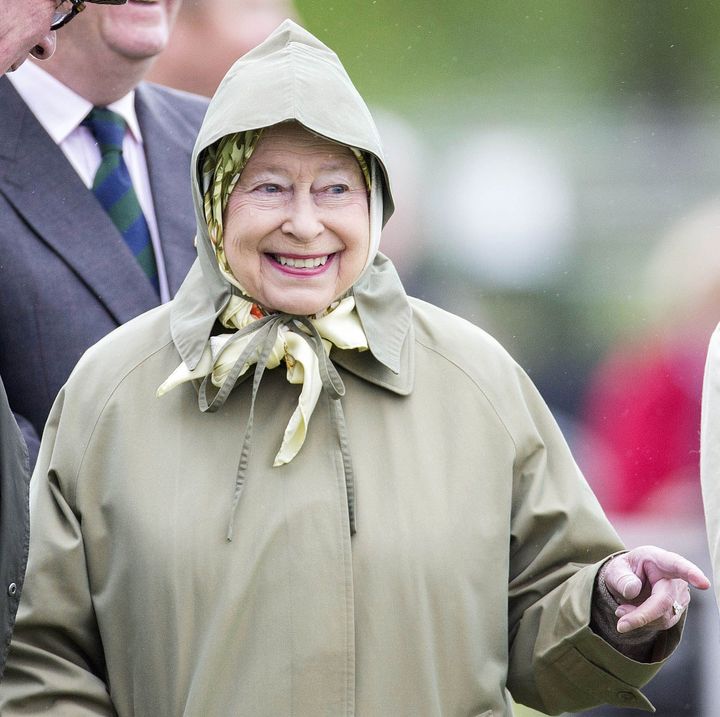
Interestingly, the role comes with a very British perk—720 bottles of sherry wine as payment. This unusual reward reflects the tradition and charm of royal literary patronage.
Australia—Kind Of
Queen Elizabeth II wasn’t just Queen of the UK—she was also the constitutional monarch of Australia, a member of the Commonwealth of Nations. While she didn’t govern directly, she held the title Queen of Australia.
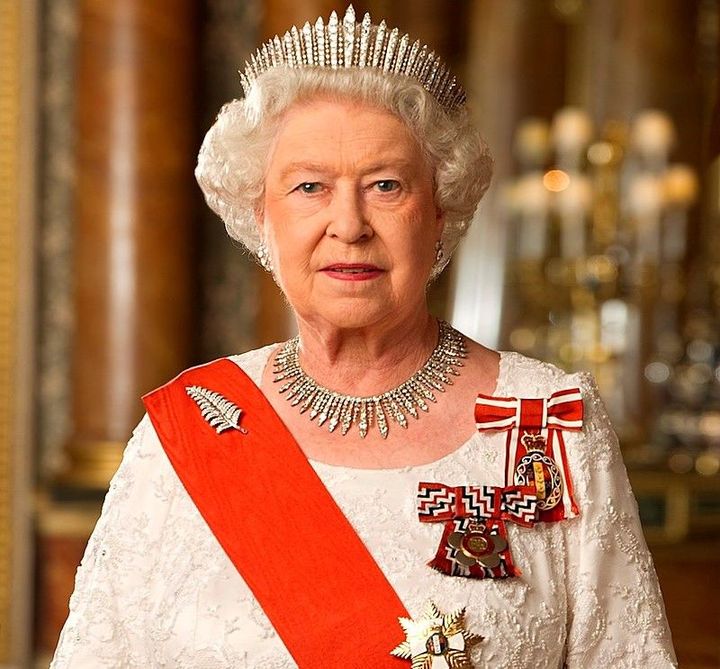
The Royal Family’s official website explains that when she visited, she represented Australia, not the UK—highlighting the unique relationship between Commonwealth countries and the British monarchy.
Two Hippos
Throughout her reign, the Queen received many exotic state gifts. In 1961, the President of Liberia gave her two Pygmy Hippopotami—certainly not your typical royal souvenir.
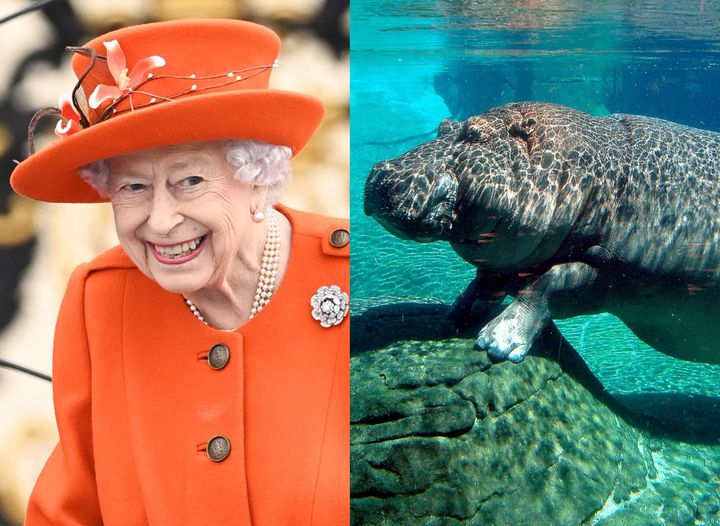
As they weren’t suitable for Buckingham Palace, the Queen donated the hippos to ZSL London Zoo, where they joined the efforts of wildlife conservation in the UK.
Biggest Diamond in the World
Queen Elizabeth II possessed one of the world’s most famous treasures—the Star of Africa diamond. Weighing a staggering 530 carats, it’s the largest clear-cut diamond in the world.
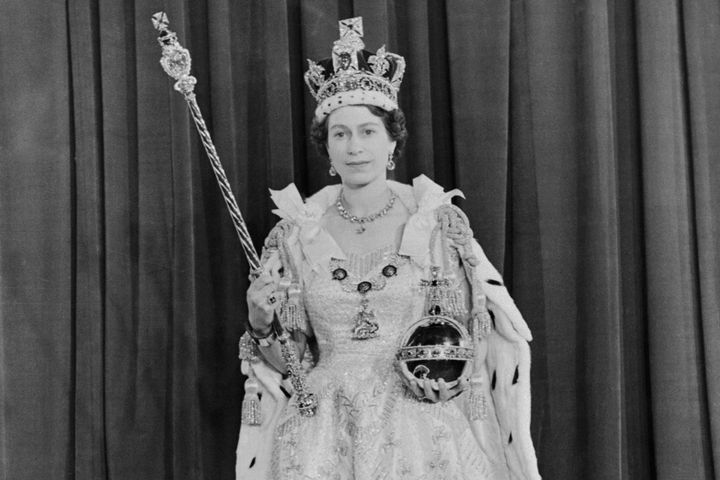
It was cut from the original Cullinan diamond, which weighed over 3,100 carats. The Star of Africa is set in the Sovereign’s Scepter, part of the Crown Jewels, and represents the crown’s immense luxury gemstone assets.
Shoe-Breaker
When you’re constantly in the public eye, comfort and style matter. The Queen had someone break in her designer shoes to ensure her feet stayed comfortable at royal events.
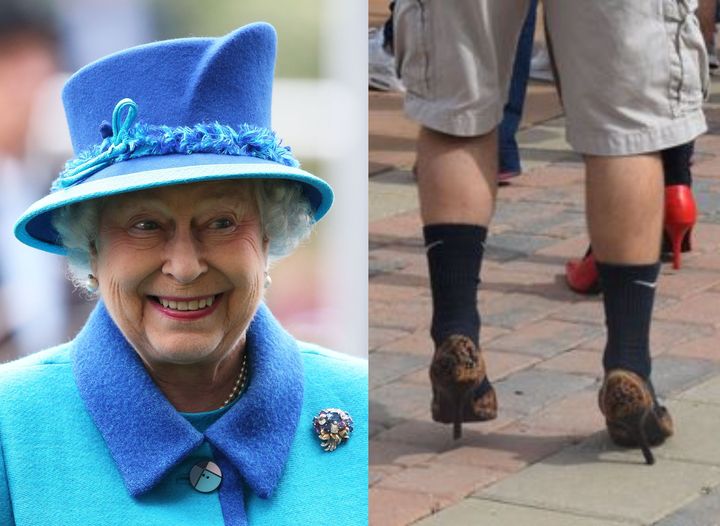
Her Personal Wardrobe Advisor, Angela Kelly, shared the same shoe size and was trusted to wear the shoes first. This rare job role reflects the detail in the Queen’s luxury fashion management.
Blood Bags
As one of the most well-traveled world leaders, the Queen was always prepared. For medical emergencies during international trips, she carried bags of her own blood.
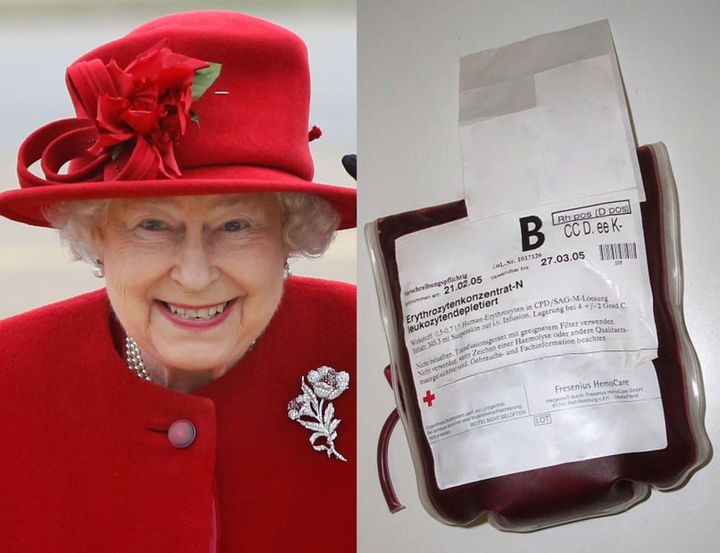
This was part of a royal travel protocol designed for emergency health care abroad, especially when access to safe medical facilities wasn’t guaranteed.
Singing Fish
Despite her royal title, Queen Elizabeth was known for her humor. One of her favorite quirky items was the Big Mouth Billy Bass, a singing fish toy popular in the 2000s

She reportedly found it hilarious and kept it on her grand piano at Balmoral Castle, showing her down-to-earth personality and love for British pop culture humor.
Her Own McDonald’s
When you think of the Queen owning a restaurant, you probably imagine something luxurious. But did you know Queen Elizabeth II technically owned a McDonald’s fast food franchise just 80 miles outside of London?
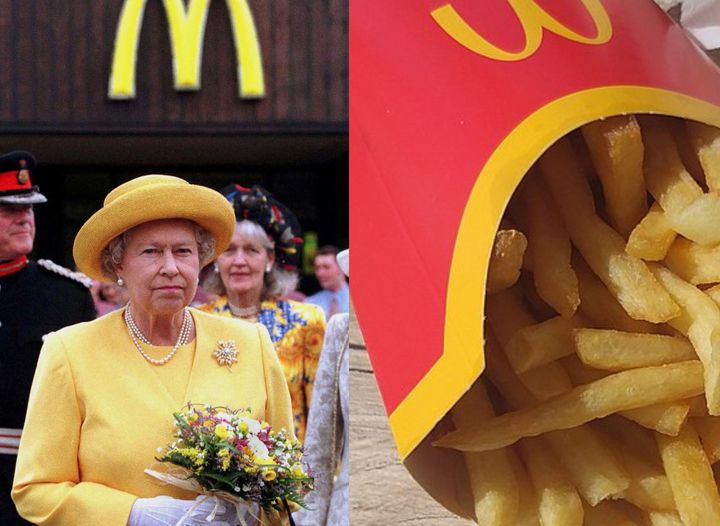
Located at Banbury Gateway Shopping Park in Oxfordshire, this land is part of the Crown Estate, meaning it belonged to the Queen. This McDonald’s is unlike any other, featuring leather sofas, designer interiors, and table service—a truly royal fast food experience.
Second Birthday
Queen Elizabeth II was born in April 1926, but she celebrated her birthday twice each year. Her official royal birthday was marked on the second Saturday in June—a tradition based on the unpredictable British weather.
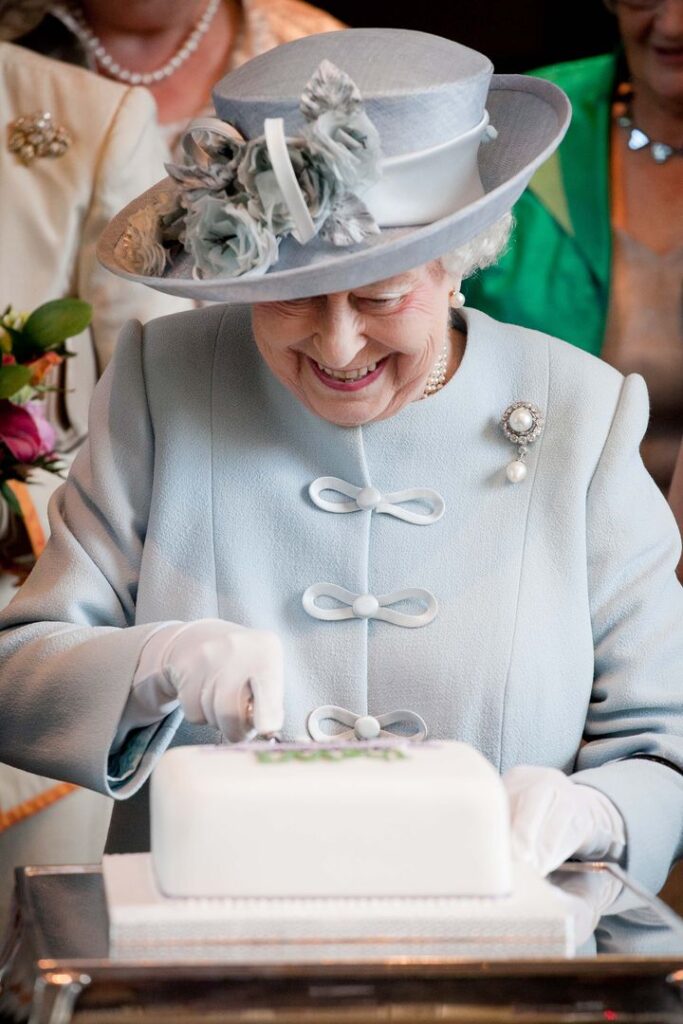
This idea began with King Edward VII, who had a November birthday but wanted his public parade in warmer weather. June became the standard month for the annual Trooping the Colour, continuing a long-standing royal tradition in the UK.
All The Dolphins in Britain
Yes, even sea creatures fell under the Queen’s rule. Thanks to a 1324 royal statute, the monarch technically owns all dolphins, whales, and sturgeons found within three miles of UK shores.
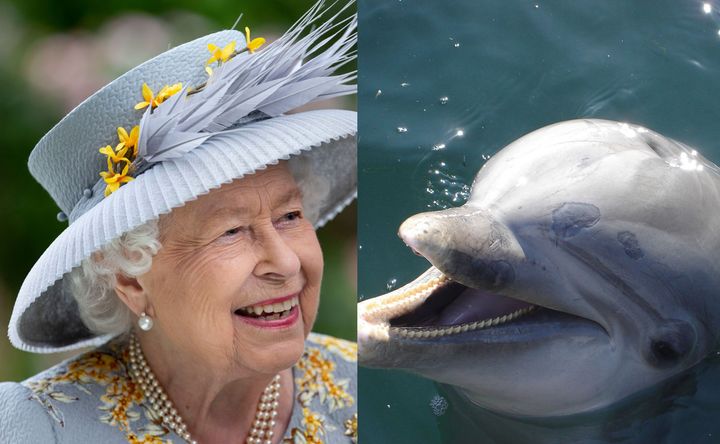
Known as fishes royal, this law still exists today and includes porpoises and marine mammals. So if you catch one, it legally belongs to the British Crown, highlighting the Queen’s ownership of marine resources.
British Coastline
The Queen’s Crown Estate included more than just land—it also extended into the sea. She owned most of the seabed and shoreline around England and Wales, reaching 12 nautical miles offshore.
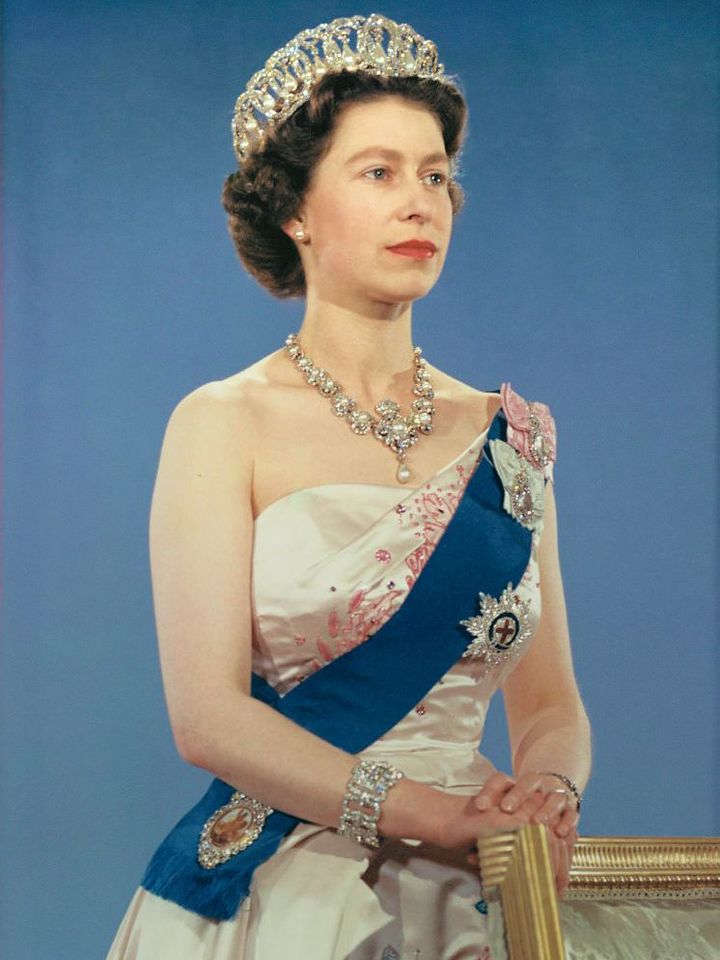
Additionally, all oil, gas, and mineral rights beneath UK waters—up to 200 nautical miles—were part of the royal energy estate. This made the Queen one of the most powerful land and resource holders in the world.
Couple of Cows
Alongside horses and corgis, the Queen also had a soft spot for cows. During her reign, she received agricultural gifts from organizations and countries as tokens of respect.
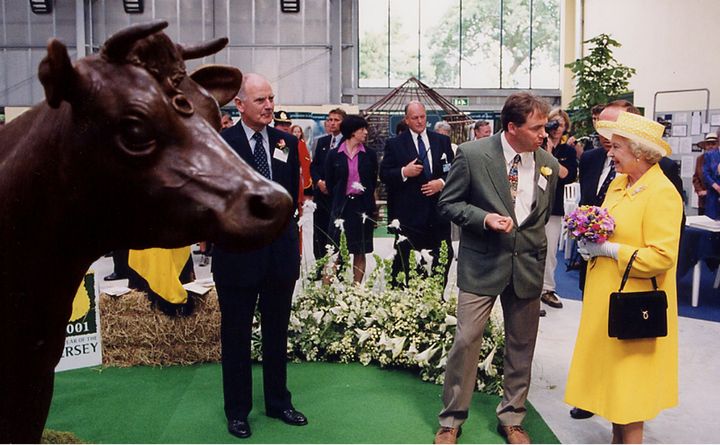
In 1978, she was gifted a Jersey cow by the Royal Jersey Agricultural Society, which she added to her royal dairy herd at Windsor. In 2005, Canada’s Calgary Stampede gave her an Aberdeen Angus cow. She left it in Canada, making it part of her international agricultural connections.
Private Post Office
To match her private ATM, the Queen also had her own royal postal system. Both Buckingham Palace and Windsor Castle had private branches of the Court Post Office, used to handle official and personal correspondence.
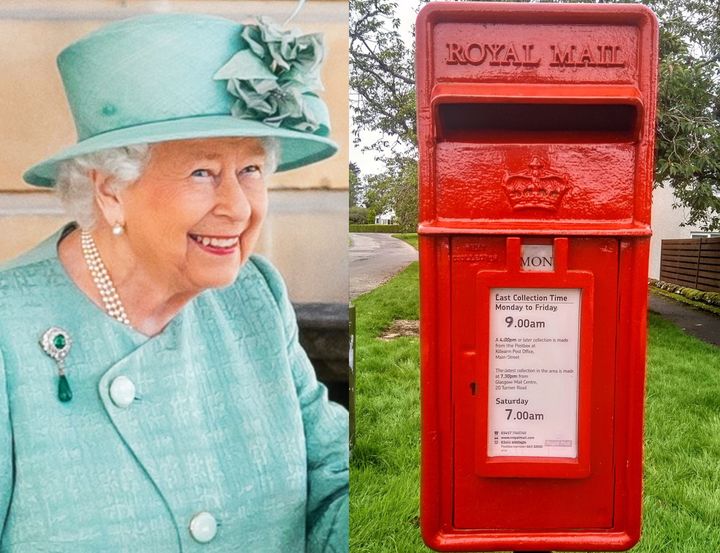
Mail was transported via Royal Postal Vans, and each letter bore a hand-stamped mark showing which royal residence it came from. If you ever received mail from the Queen, you’d know it was genuine royal communication.


